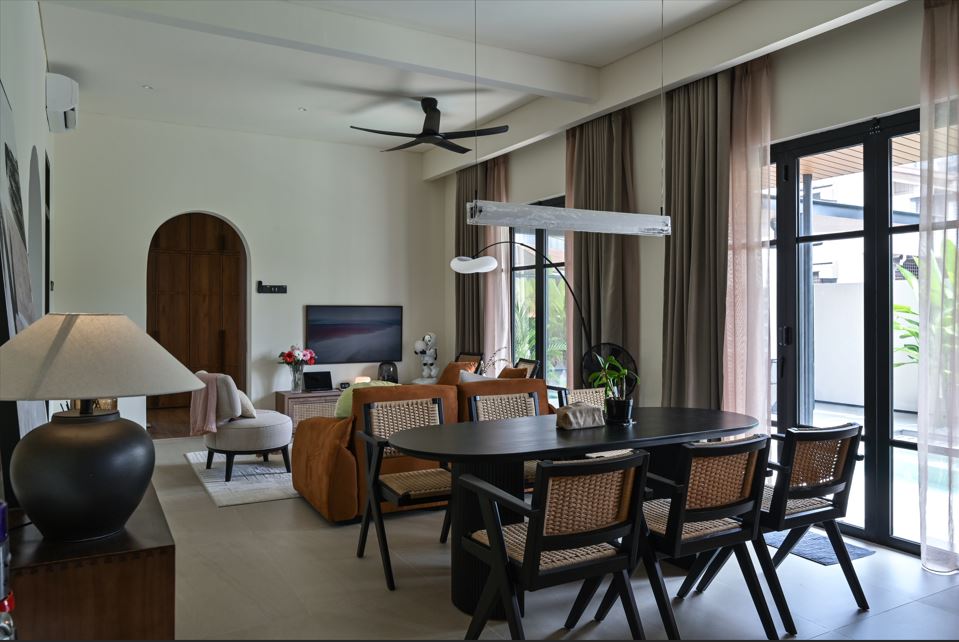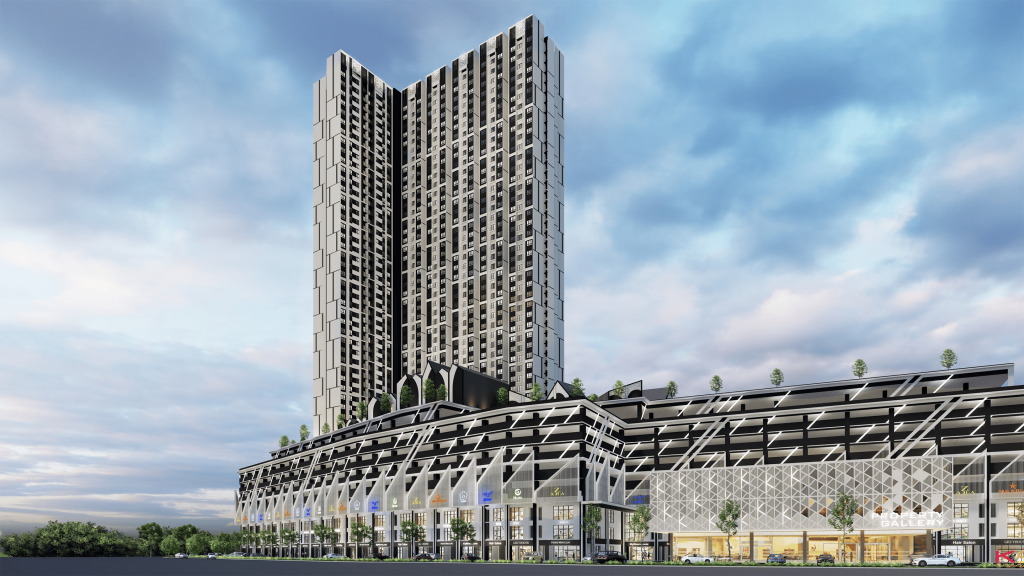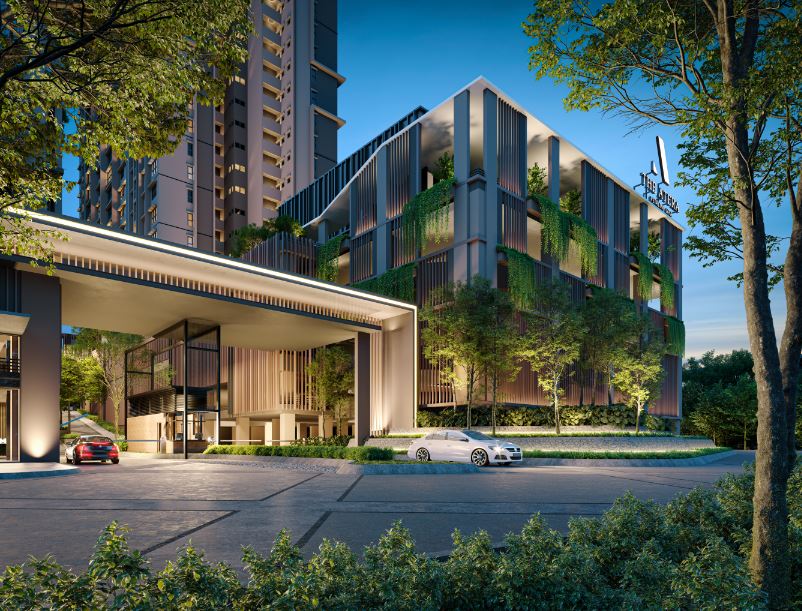
In the property market context, a housing bubble is described as a situation where prices are rapidly driven up due
to artificial and speculative demand.
Low interest rates, fiscal stimulus and high expectations are danger signs
Contributed by Sulaiman Saheh
After more than 18 months into the Covid-19 pandemic, things are back to a stagnant point with strict lockdown measures similar to the movement control order (MCO) 1.0. With only purely essential services and retail shops allowed to open and more than ever housing areas put under EMCO restrictions, movement and economic activities have again suffered a complete halt. For the property market, transactions and negotiations have also been put on hold or delayed.
As a result of such an unprecedented crisis, many governments worldwide have taken an accommodative position to re-ignite economic growth. Interest rates were reduced, financial support was given, selective taxes were exempted, and multiple economic stimuli were introduced.
A recent Bloomberg article reported that there could be risks of a housing bubble forming in an environment of low interest rates, unparalleled fiscal stimulus and expectations of post-pandemic robust recovery as seen in several countries. So is there such a situation in Malaysia?
Over the past decade, we have seen the property market booming up to the peak in 2011/2012 and then declined for six years. After bottoming in 2018 with signs of recovery in 2019, much hope was placed on 2020. Many hoped to see the same recovery pace, if not better but alas, Covid-19 came in and has yet to leave the scene. After all, we have started to see many who were using lines of “house prices will climb” and “let’s prep for the next property boom” in the market.
As everyone would know of it, a bubble is a thin sphere of liquid encompassing an amount of air within it and is fragile to any touch or force enough to burst it. As similarly described, the word bubble also refers to a situation that is detached from the reality it is in. It is inflated by artificial and speculative demand without any solid foundational support, leaving the bubble at a high risk of bursting when inflated beyond its capacity.
In the property market context, a housing bubble is described as a situation where prices are rapidly driven up due to artificial and speculative demand. Aggressive patterns of spending behaviour and overstretching debt-to-income ratio is further fuelled by stimulating economic conditions.
With demand inflated superficially, it would then reach its bursting point whereby what has flown so high would now crash back down. Demand would then drop at an alarming rate. Prices that had been sky high would now drop in response, and a glut in inventory emerges as new stock arrives to meet the previous high demand.
When these causes and factors are put into Malaysia’s context, not every criterion are met. In terms of demand, things had not been booming since 2011/2012’s peak and had just started to recover in 2019. The total value too had later declined post-2014.
Prices, although growth is still seen, increased at a slower pace between 2017 and 2020, but some areas had seen some consolidation. Generally, prices still looked somewhat stable, with buyers being able to access sufficient ease of credit, low interest rates and the relaxation of Real Property Gains Tax (RPGT).
On the supply side, the residential sector has shown signs of oversupply or mismatch in demand to supply in the form of overhang numbers. The overhang began to gain momentum from 2015 at 12,069 units worth RM7.08bil. The tally includes serviced apartments and SoHo units.
In just five years, the number had more than tripled to 55,300 overhang units worth RM40.79bil by the end of 2020. The first quarter of 2021 had encouragingly shown a drop in number to 52,907 overhang units worth RM39.60bil. It has yet to be seen if the prolonged pandemic will worsen the overhang statistics.
So is Malaysia’s property market bubbling? The answer is no for now, as the pacing and sentiment are more on the gradual and uncertainty scale rather than with impulsive reactions and volatile movements. This is, of course, much accredited to the financial institutions who remain vigilant and prudent to the regulation and rates provided for a more sustainable pace in place of an artificial boom.
The more recent movements in transaction activities and prices are better described as the market undergoing consolidation or adjustment. The accommodative environment and policies introduced are needed to spur the market from its current slumber state. The move to retain the Overnight Policy Rate (OPR) at 1.75% creates a low interest environment that is designed to help homebuyers and spur expenditure and regenerate the domestic economy.
The Home Ownership Campaign (HOC), with its provisions to reduce transaction costs in primary market sales, coupled with the RPGT exemption until the end of the year, is intended to encourage property transactions growth.
Loan moratoriums and EPF withdrawals allow better household cash position, especially to those whose monthly income is adversely affected by the pandemic. Last year’s automatic loan moratorium for a six-month period did contribute to a stock market rally with the reinvestment of cash saved.
Any lockdown-related savings for the lucky few, such as reinvestments into the property market, would not cause a bubble in the immediate term. Furthermore, Bank Negara has check and balance measures in place to ensure the sustainability of the market. There are still buyers in the market looking for bargain opportunities, especially with the hope of the country achieving herd immunity, allowing for a more open economy.
Rather than the possibility of a bubble, Malaysia’s property market continues to be inundated by the unaffordability issue, although prices of new launches of late have been reduced through discounts in different forms. As the cost of living continues to be high and employment and income security a challenge, the pursuit of affordability in terms of housing continues for buyers and renters.
The mismatch of products often explains the growing overhang issue to pricing and location, which greatly influences the demand for such goods. Whilst it is perceived as apparent for high-end priced products, housing units of the affordable price range also makes up a portion of the unsold stock. As at 2020, 17% of the completed yet unsold stock are priced RM300,000 and below, whereas 19% are above the RM1mil mark. Looking at the mid-range, 29% are between RM300,001 to RM600,000.
When combined, the overhang statistic demonstrates the complexity of balancing prices, product design, location and the buyer’s own consideration and perspectives of the housing product itself. It also proves that the concept of affordability is more than just having access to a low-priced house, but that the price affords the buyer the level of comfort, design, convenience and location they need and wish for.
And now, with the addition of a pandemic into the mix, the complexity of pursuing that affordable goal and the challenge to sustaining it is multiplied. Although the accommodative environment favours buyers, it may not result in the bubble seen happening in other countries. For now, the incentives are needed to re-ignite the market.
Sulaiman Saheh is the director of research for global real estate consultancy Rahim & Co International Sdn Bhd.
Stay ahead of the crowd and enjoy fresh insights on real estate, property development, and lifestyle trends when you subscribe to our newsletter and follow us on social media.

















































